
Visit to the Castle and arboretum in Kórnik
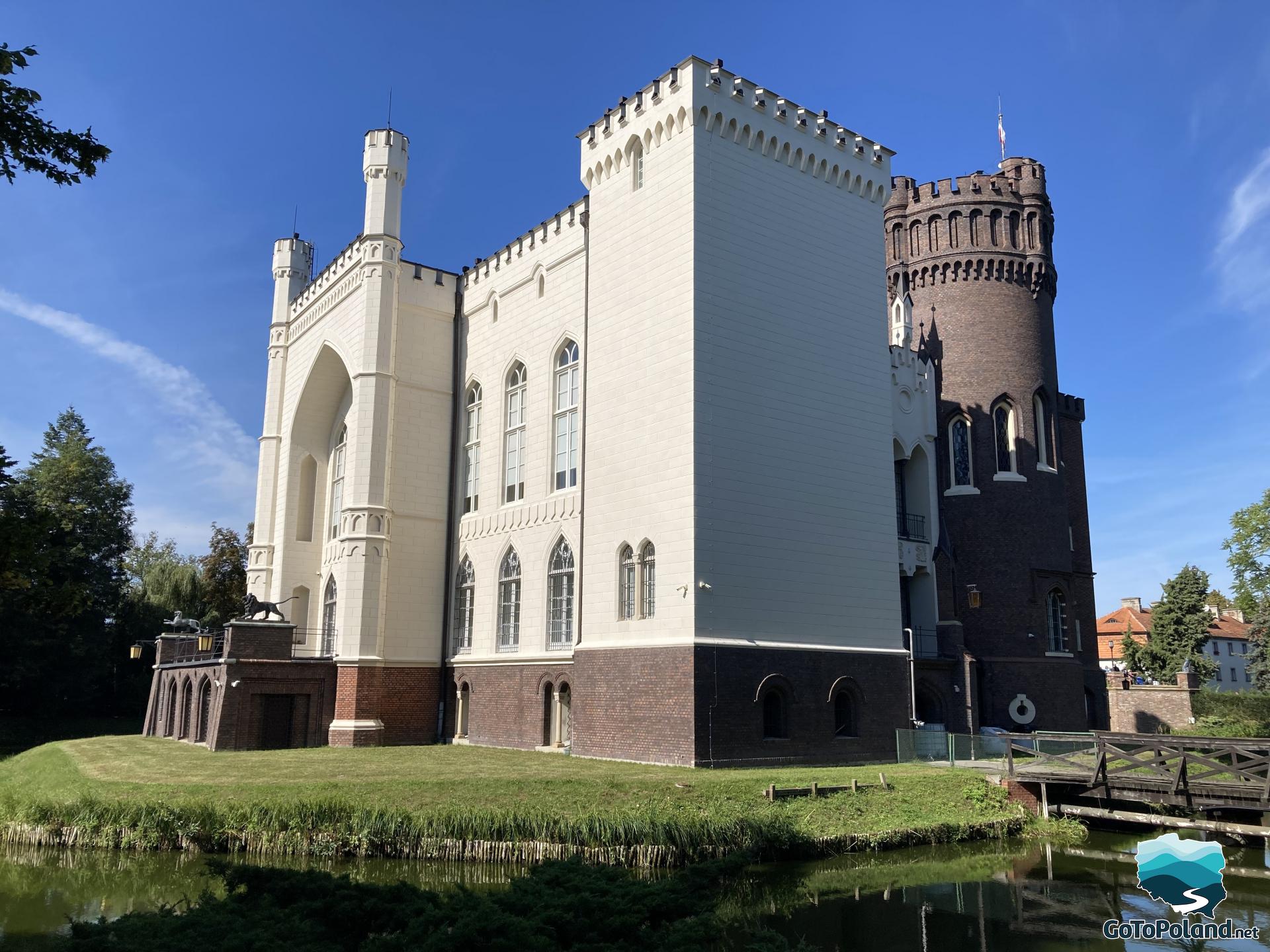
Located just 25 kilometers from Poznań, Kórnik is famous not only for the birthplace of our Nobel Prize winner Wisława Szymborska, but also for its magnificent castle situated on an island surrounded by a moat. It is adjacent to the Kórnik Arboretum, which is managed by the Institute of Dendrology of the Polish Academy of Sciences. I visited the castle about 20 years ago, and now I decided to take my family there.
How far is it from Warsaw to Kórnik?
The distance from Warsaw to Kórnik is 320 km.
How far is it from Poznań to Kórnik?
The distance from Poznań to Kórnik is 25 km.

Although the castle is not big, it is really worth visiting. Its history dates back to the 15th century, and its current appearance is due to Tytus Działyński and its reconstruction in the mid-19th century in the English neo-Gothic style. Over the centuries, the castle passed from hand to hand and belonged to the Górka, Czarnkowski, Grudziński, Działyński and Zamoyski families.
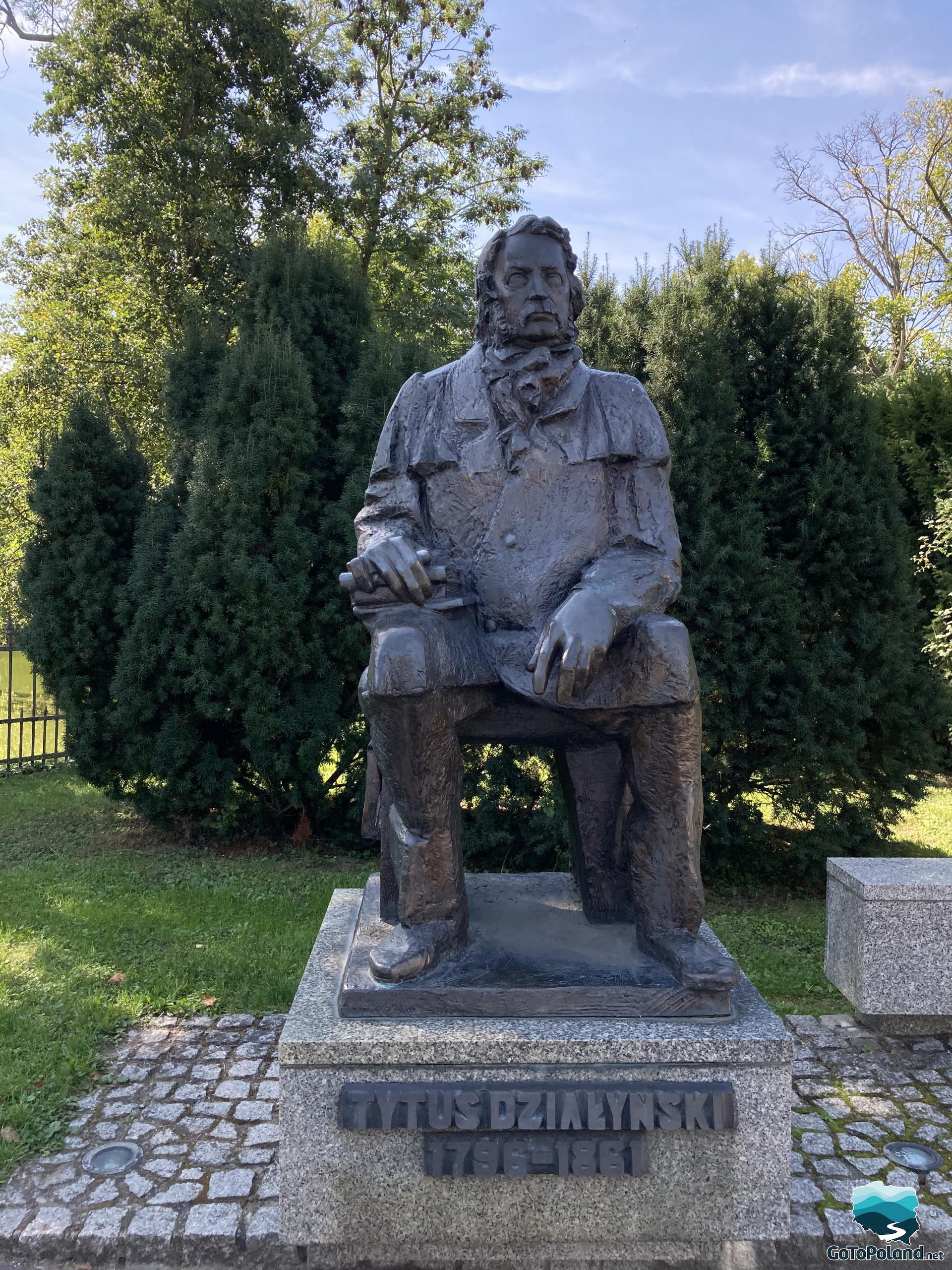
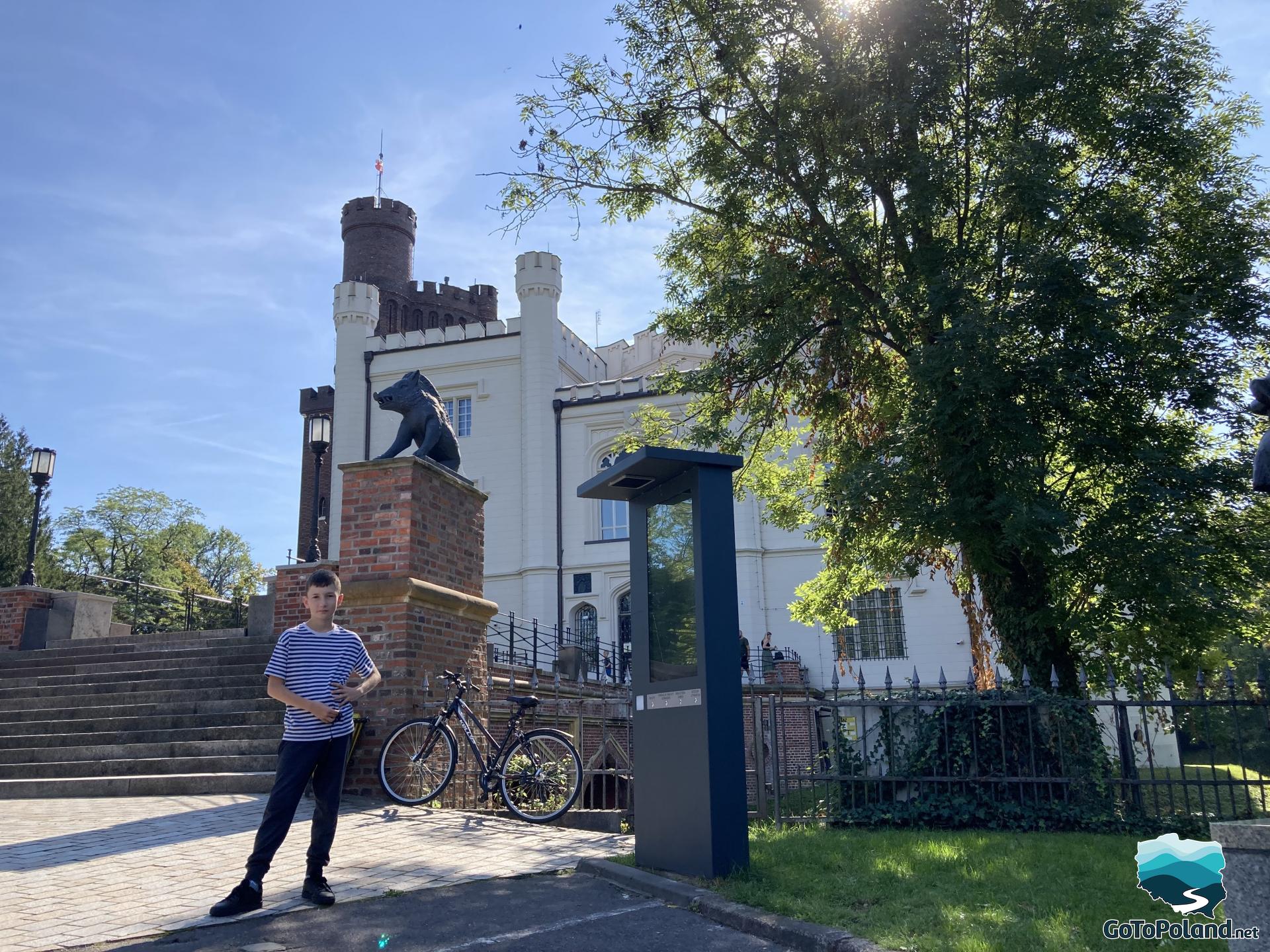
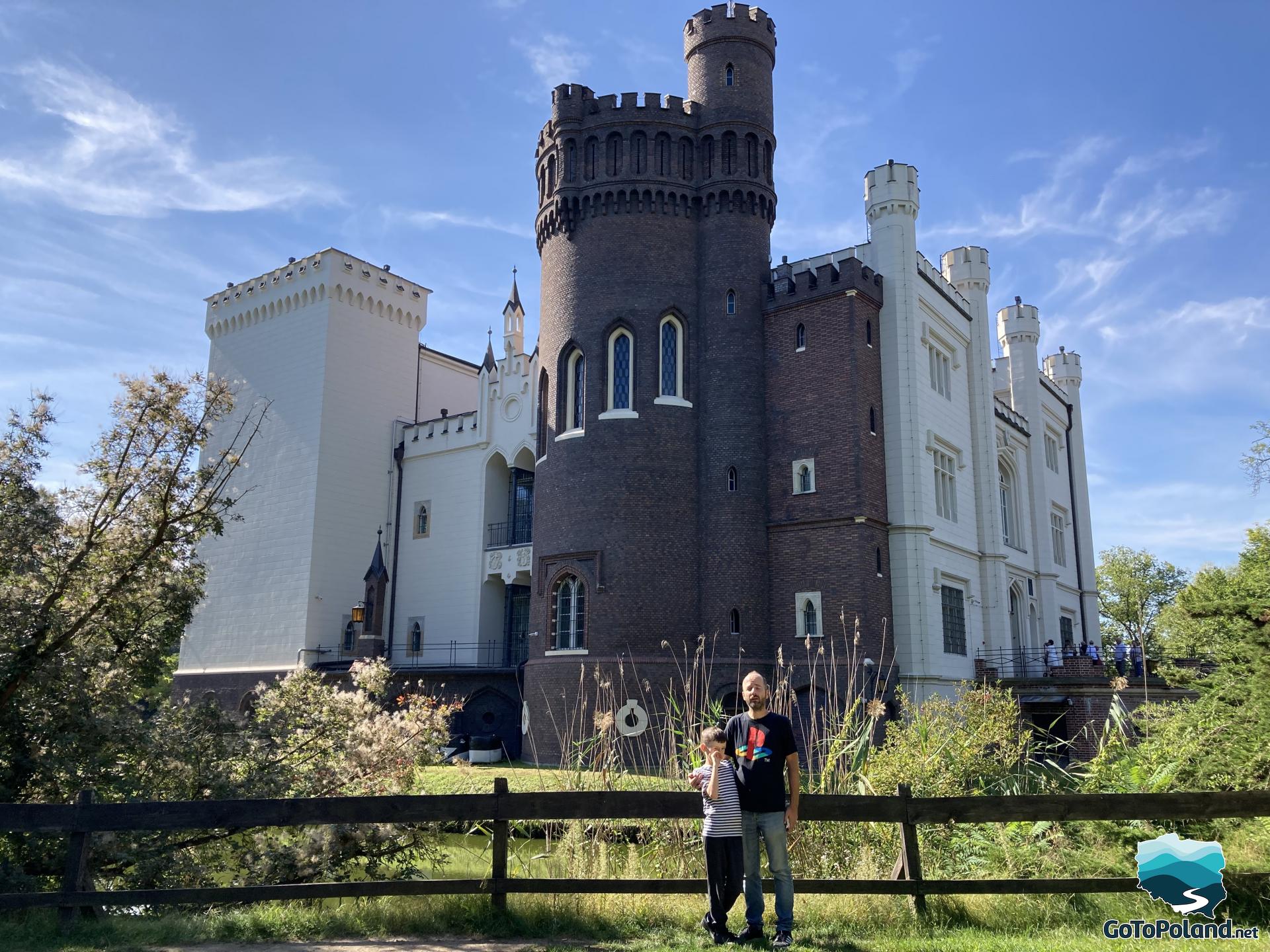
Currently, the castle is the seat of a unit of the Polish Academy of Sciences - the Kórnik Library. There is one of the richest libraries in Poland, founded by Tytus Działyński, and wonderful residential interiors available to guests. The castle contains the most valuable manuscripts and old prints, 19th-century residential interiors and collections of national and family memorabilia (memorabilia of the Działyński and Zamoyski families).
There is definitely something to see there, so I invite you to see the castle and its interior.
This room was occupied at the end of their lives by the last owners of the castle: Tytus Działyński, his son Jan, and grandson Władysław Zamoyski. The last two died in this room.
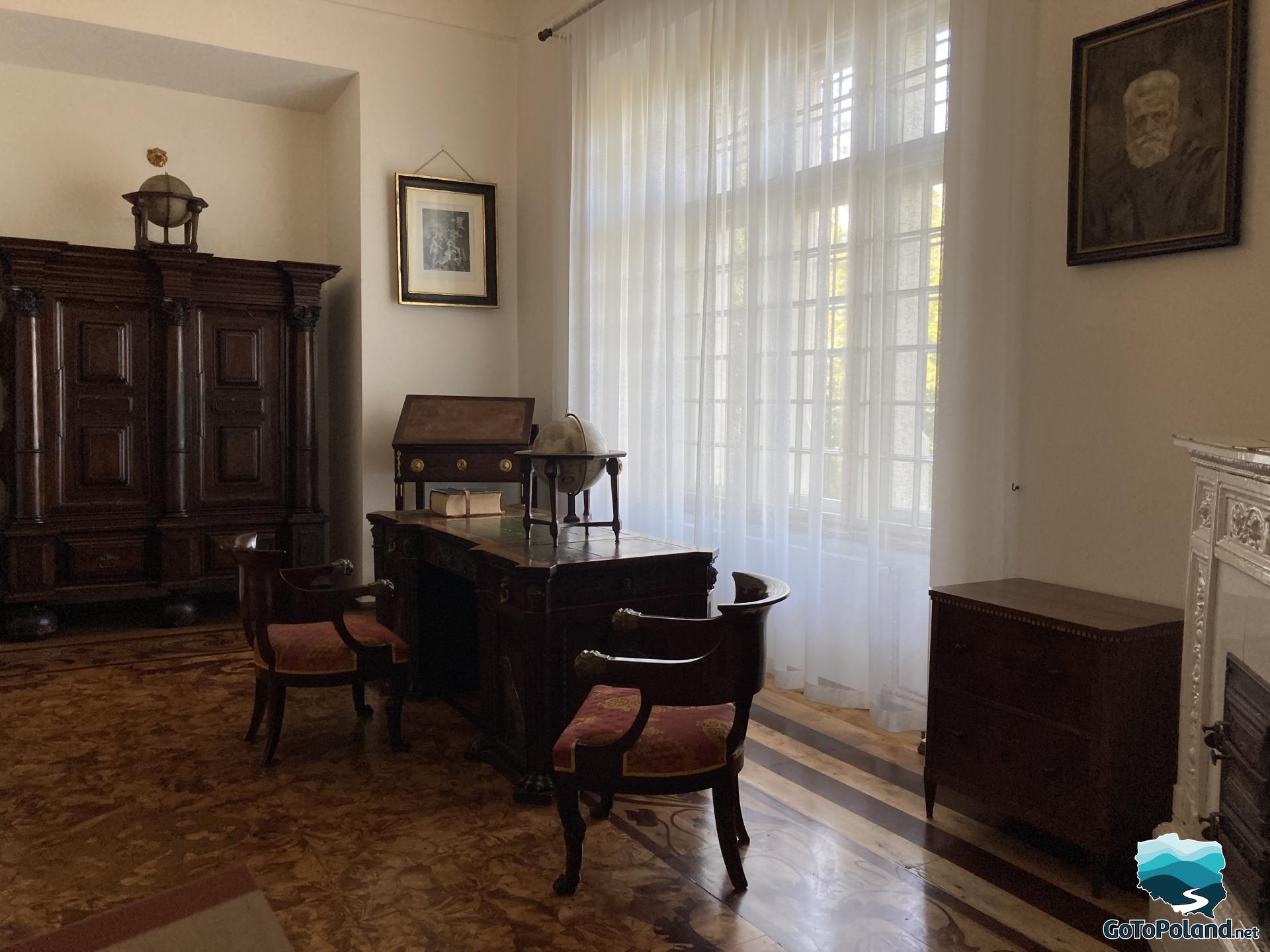
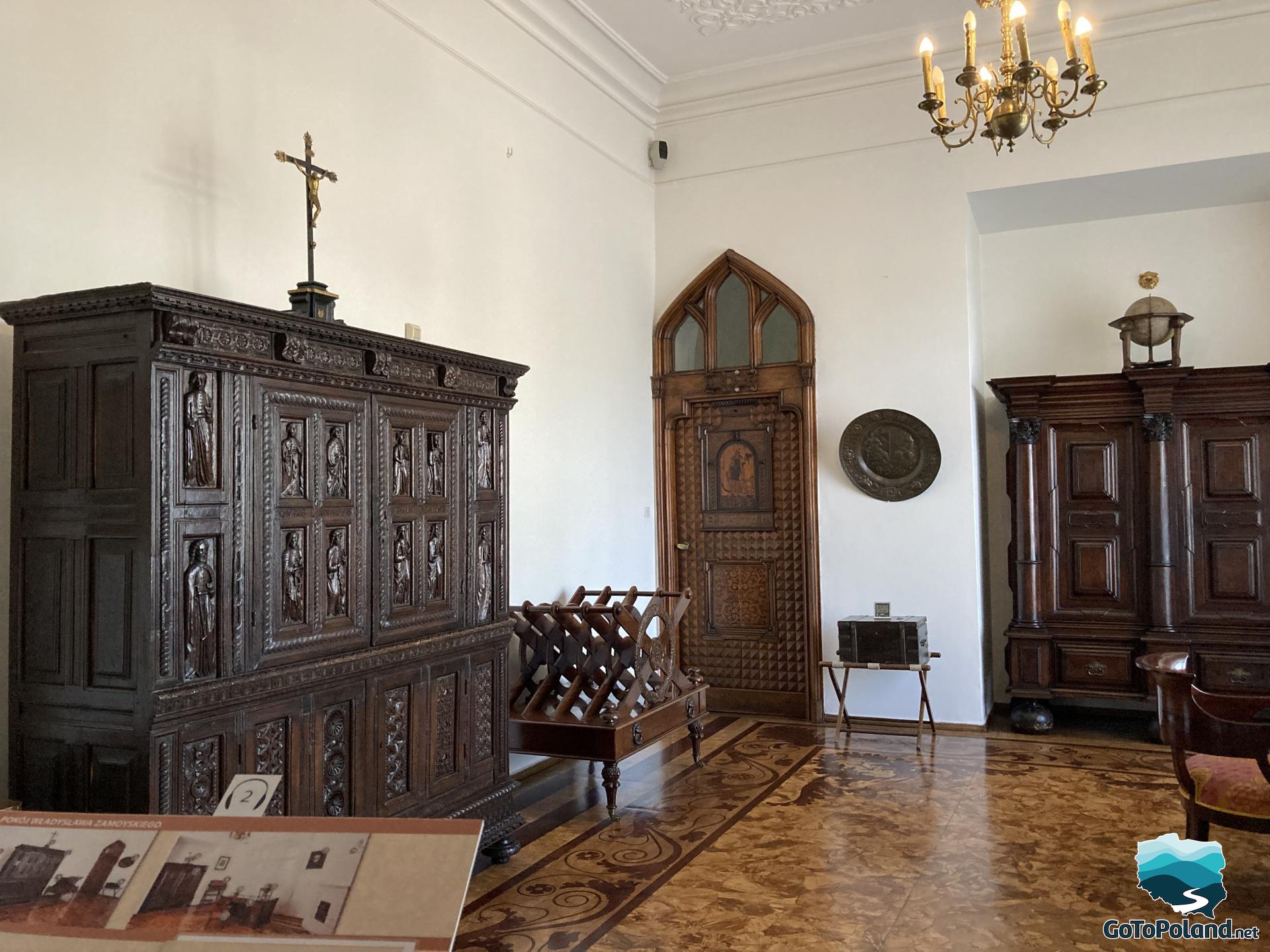
The room of Jadwiga Zamoyska, who was the daughter of Tytus Działyński and died in this room.
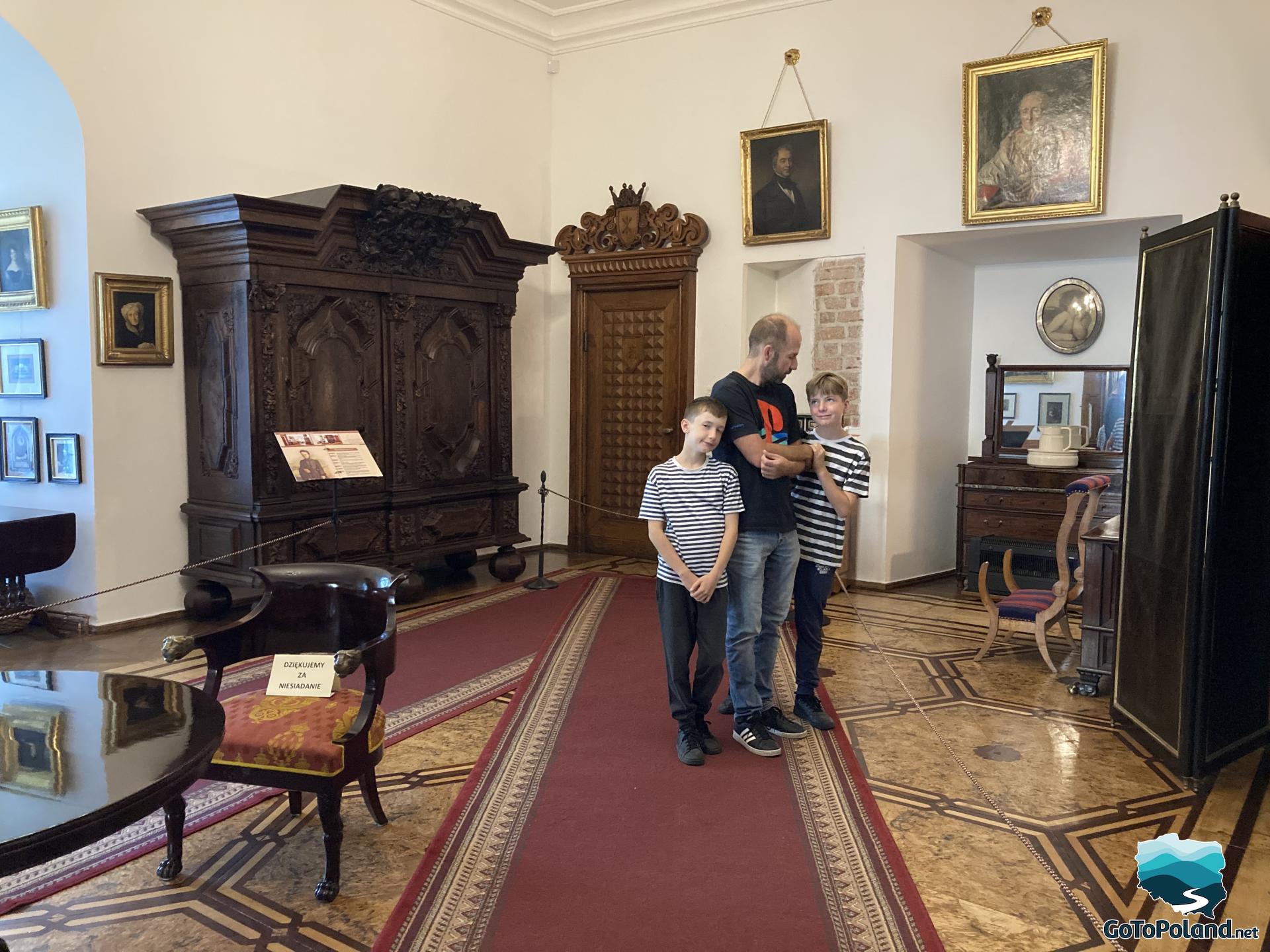
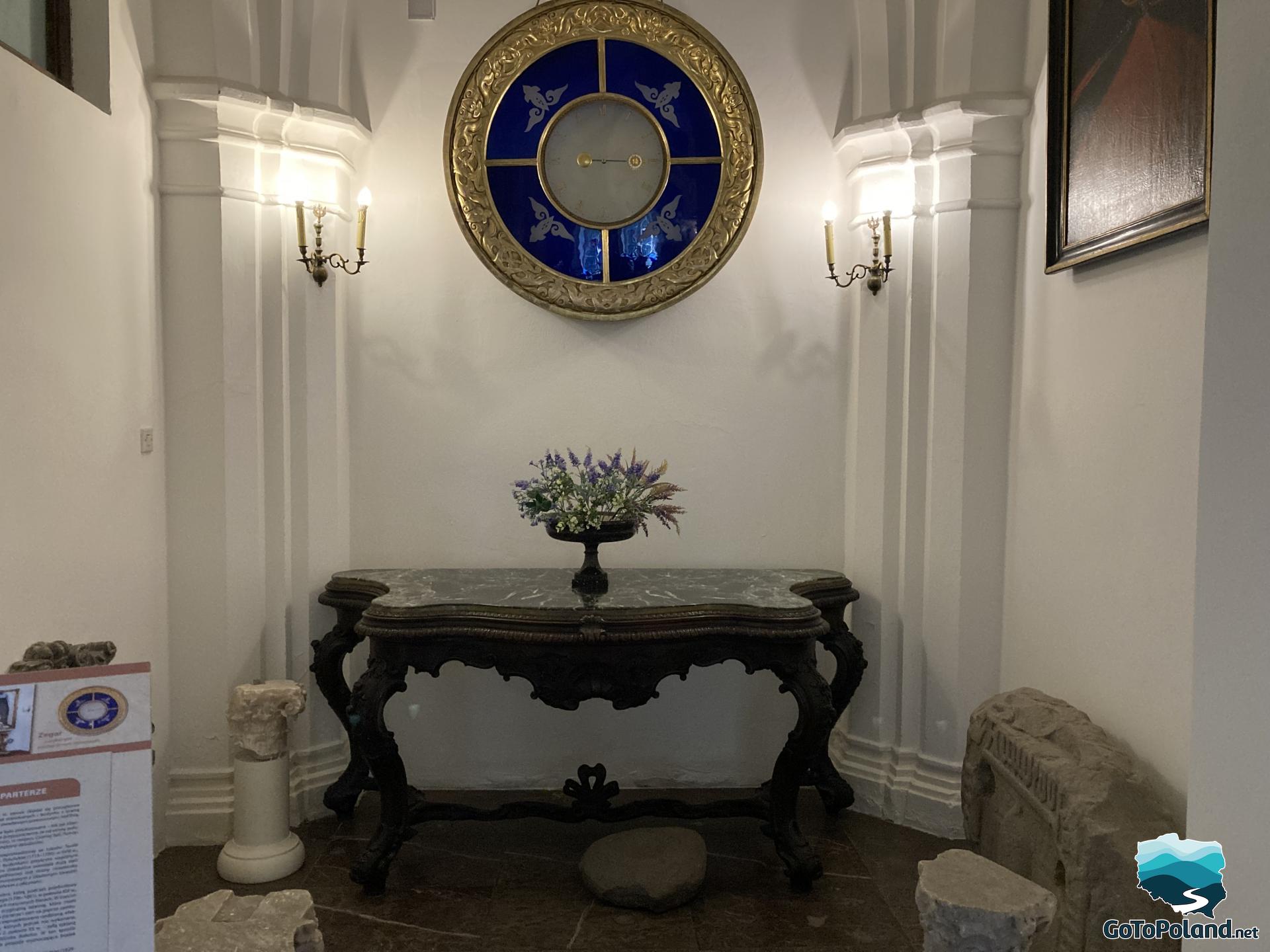
In the living room there is, among others, an image of Tytus Działyński. In the foreground you can also see a table decorated with a mosaic of knots from 16 tree species, according to the tradition from the Kórnik park.
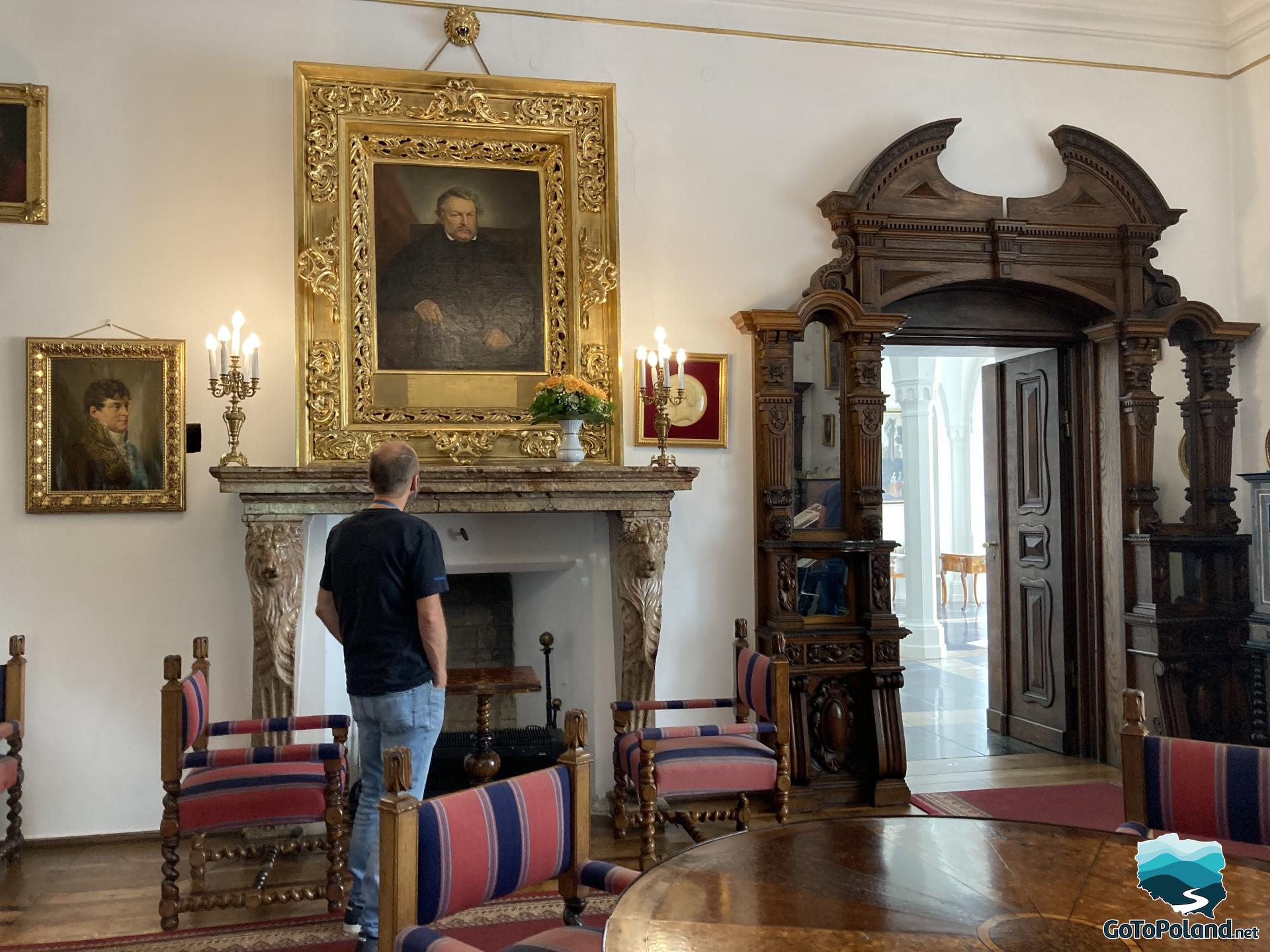
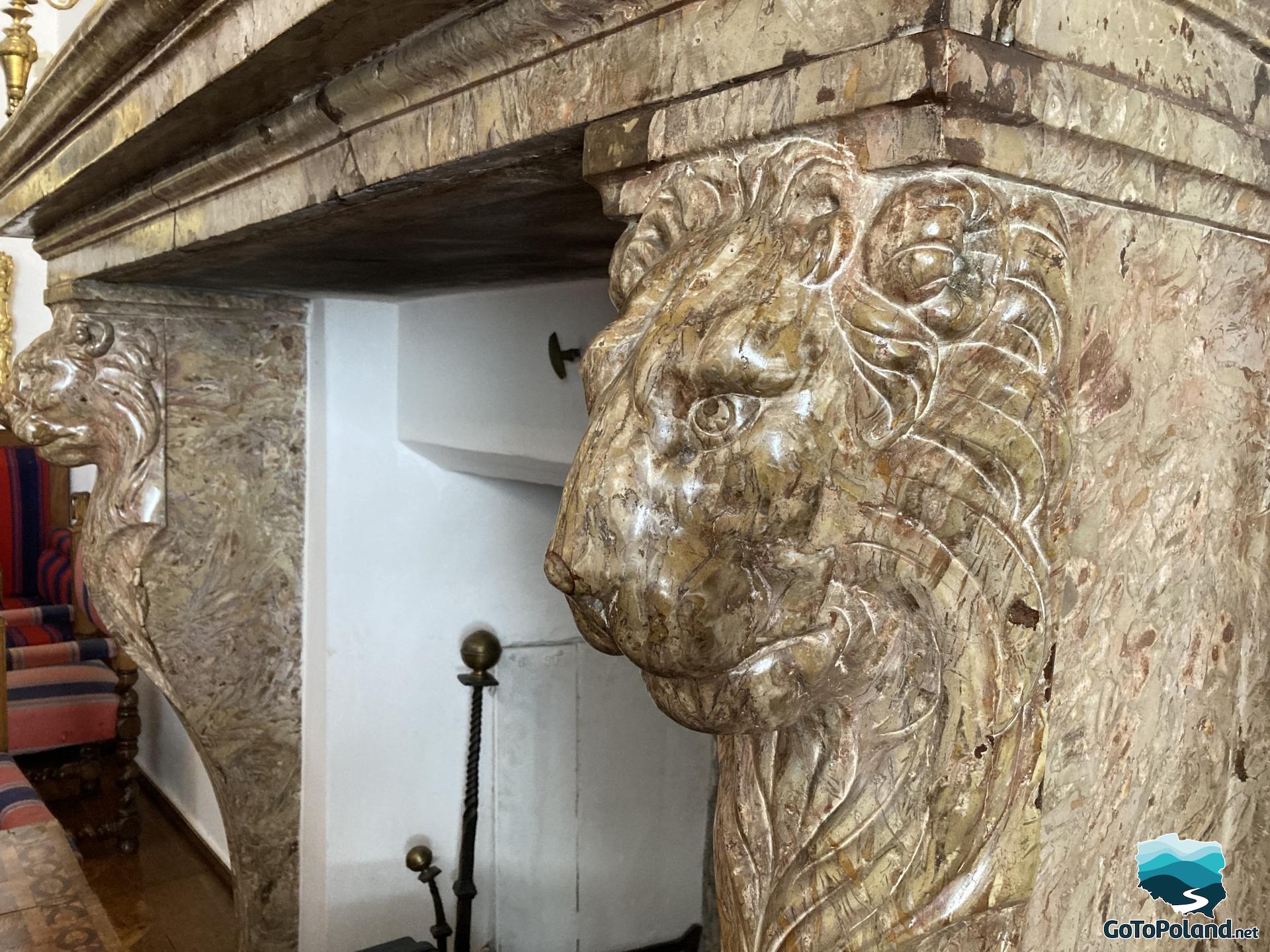
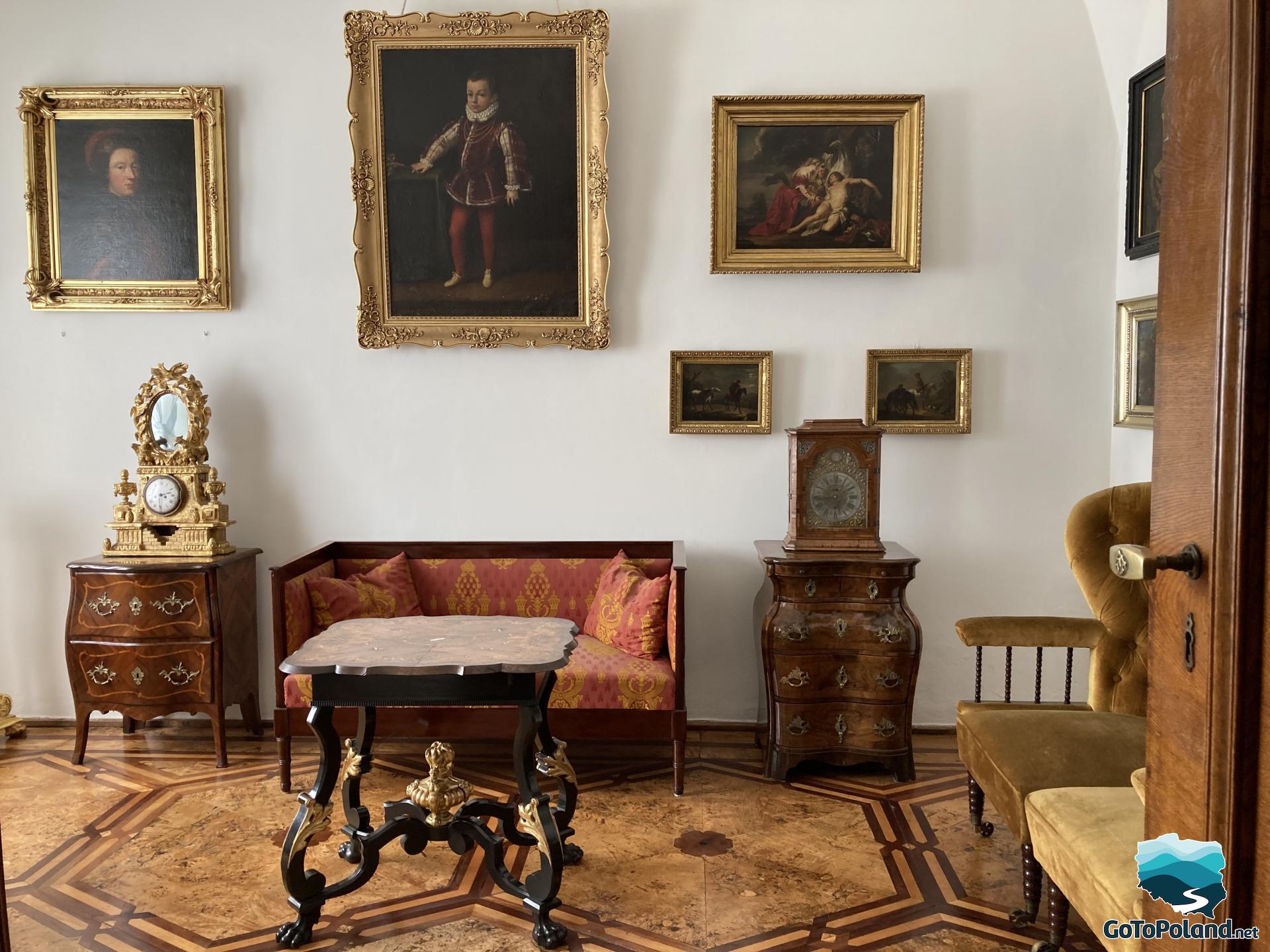
In the dining room, on the wall you can see a painting of a woman in a white dress. She seems to be the most famous ghost in Poland. This ghost belongs to Teofila Działyńska - the former owner of the Kórnik estate. Full of energy and ideas, she decided to rebuild her castle. She wanted Kórnik to become a noble residence. It was during her rule that the castle took on a late-baroque shape. Teofilia died in 1790 in the castle in Kórnik. She was 76 years old. After her death, a legend spread about her spirit haunting the Kórnik castle. Legend says that every midnight Teofilia comes out of the frame of this painting. She silently passes into the adjacent Black Hall and then appears on the castle terrace. Here, the White Lady meets a mysterious knight on a black horse, and in the morning she disappears to return to the painting.

The interior of Maria Zamoyska's room, originally served as a guest room, then a bedroom for Izabella, the wife of Jan Działyński, and then Maria Zamoyska, sister of Władysław Zamoyski, the last owner of the castle, who lived here. Among the baroque furniture, two Gdańsk secretaries from the second half of the 18th century standing opposite the window are particularly noteworthy.
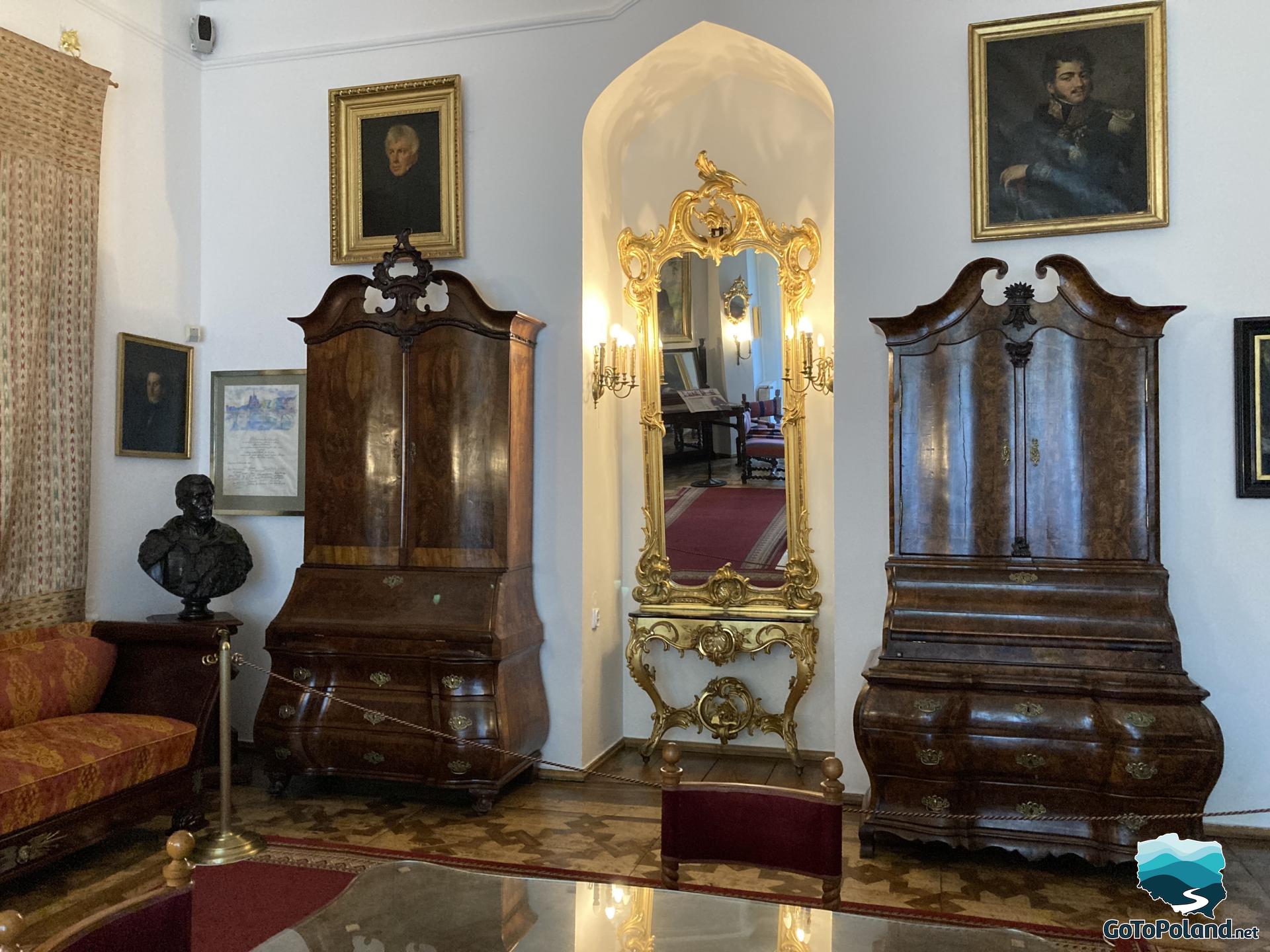
The Moorish Hall captivated me the most. In the times of Tytus Działyński, the room was intended as a library, but his son Jan turned it into a museum room, where family and national memorabilia were collected. The room consisted of three different, interconnected interiors, the architecture and decoration of which refers to the Court of Lions and the Court of Myrtles of the Alhambra - magnificent Arab palaces in Granada. You can see cast iron columns and a spiral staircase leading to the gallery, which were rare in residences of this type. In the Moorish Hall, visitors can admire, among others, military items related mainly to hussars - heavy cavalry (for example, full hussar armor with a preserved wing), cannon barrels from the 18th century, numerous paintings, antique furniture, weapons, ceramics and silverware.

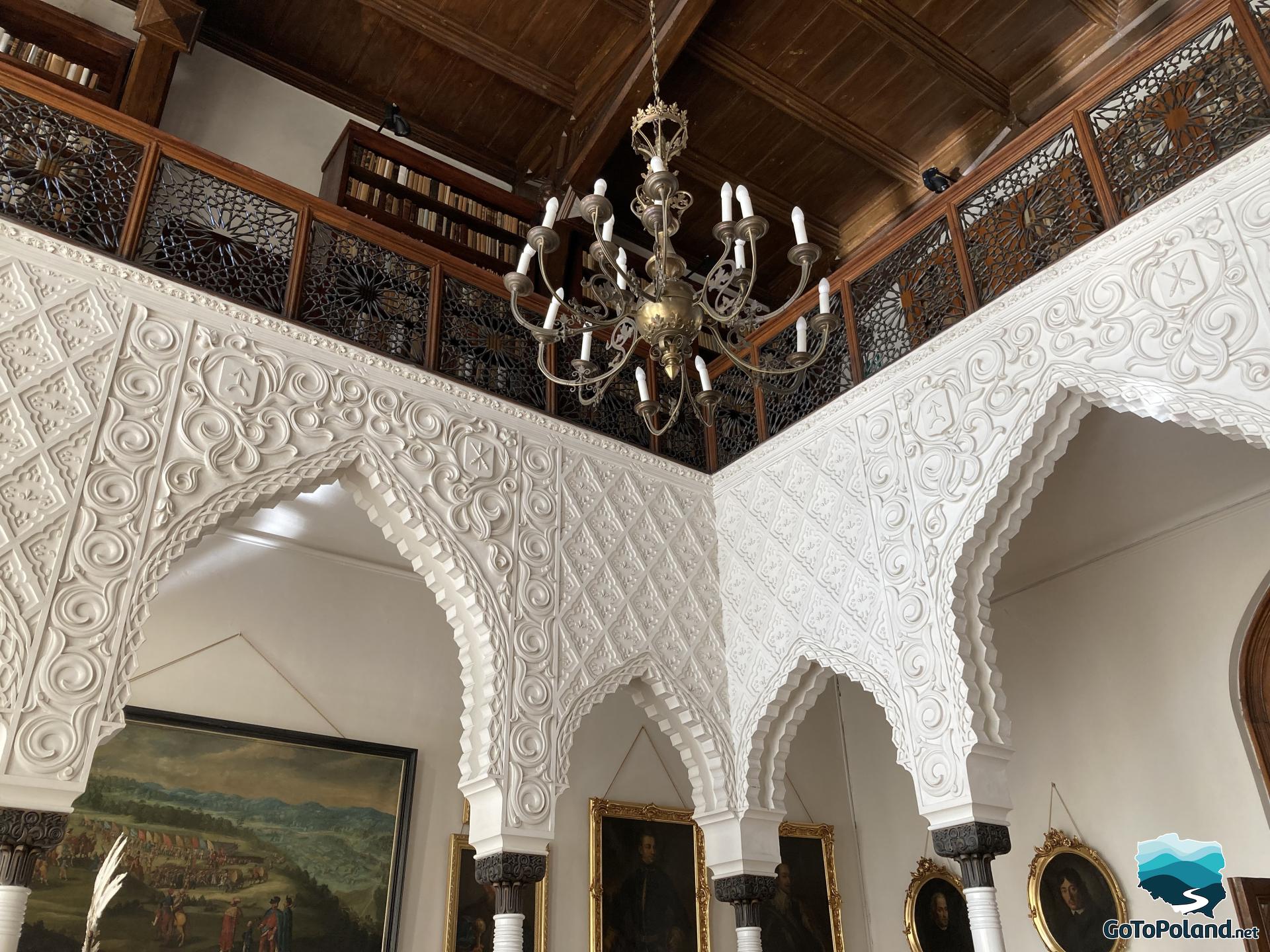
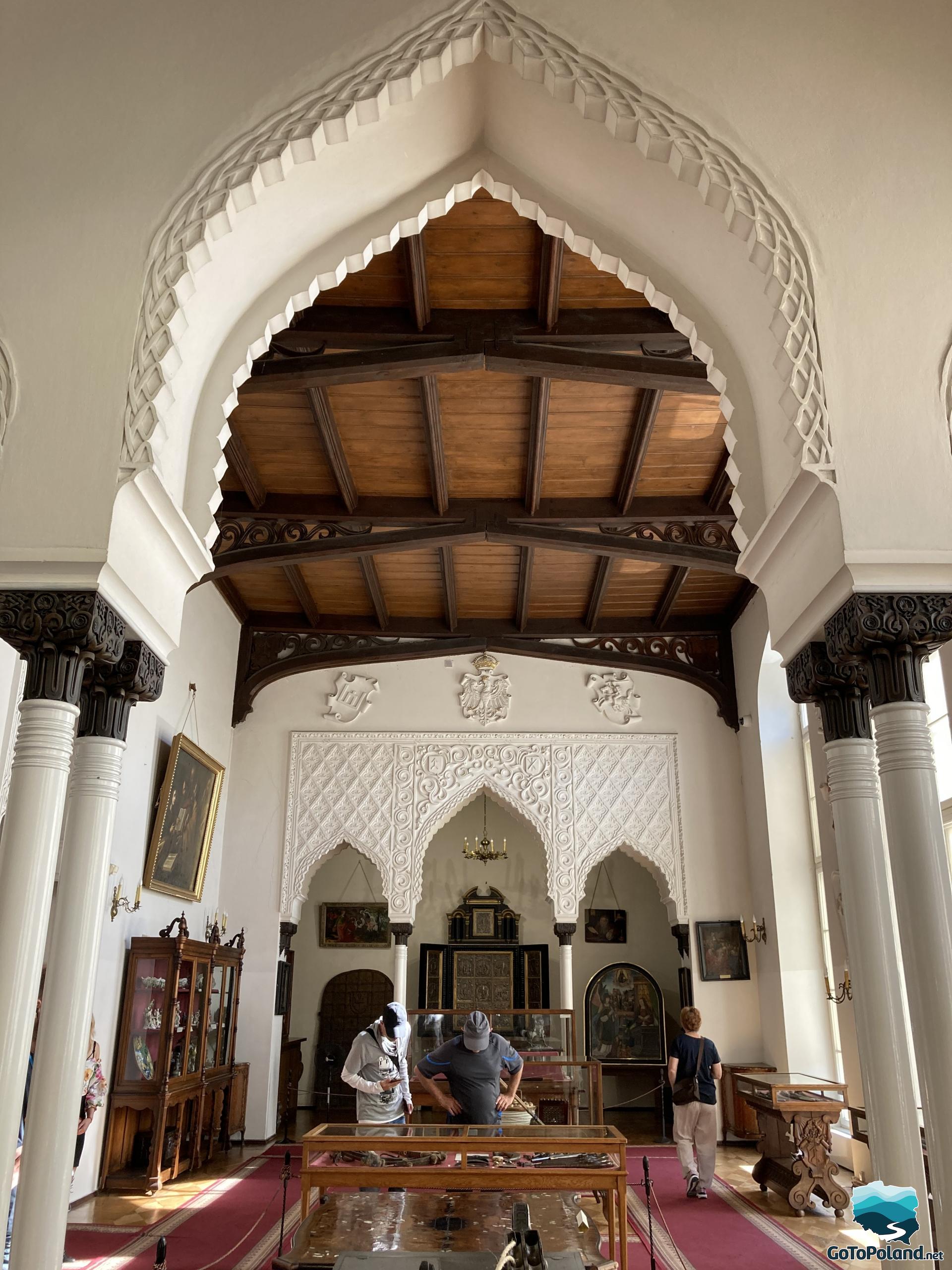
In the farthest part of the room there are monuments of church art. The most valuable among them is a unique silver altar in the form of a triptych with 16 panels depicting the mysteries of the Rosary and Our Lady of the Rosary with Saints Dominic and Catherine of Siena. Reliefs are among the outstanding Polish goldsmith works created in the first quarter of the 17th century.
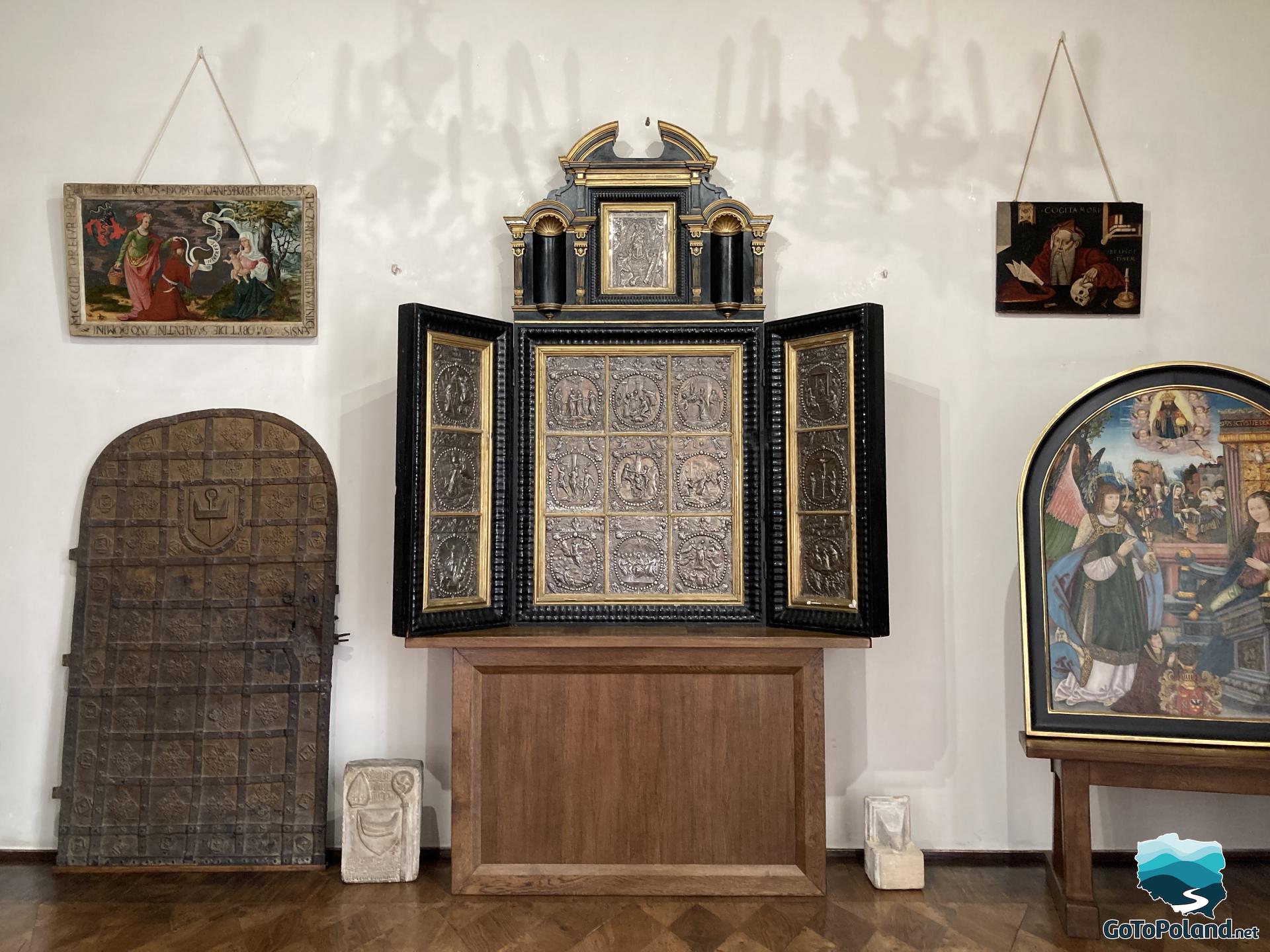
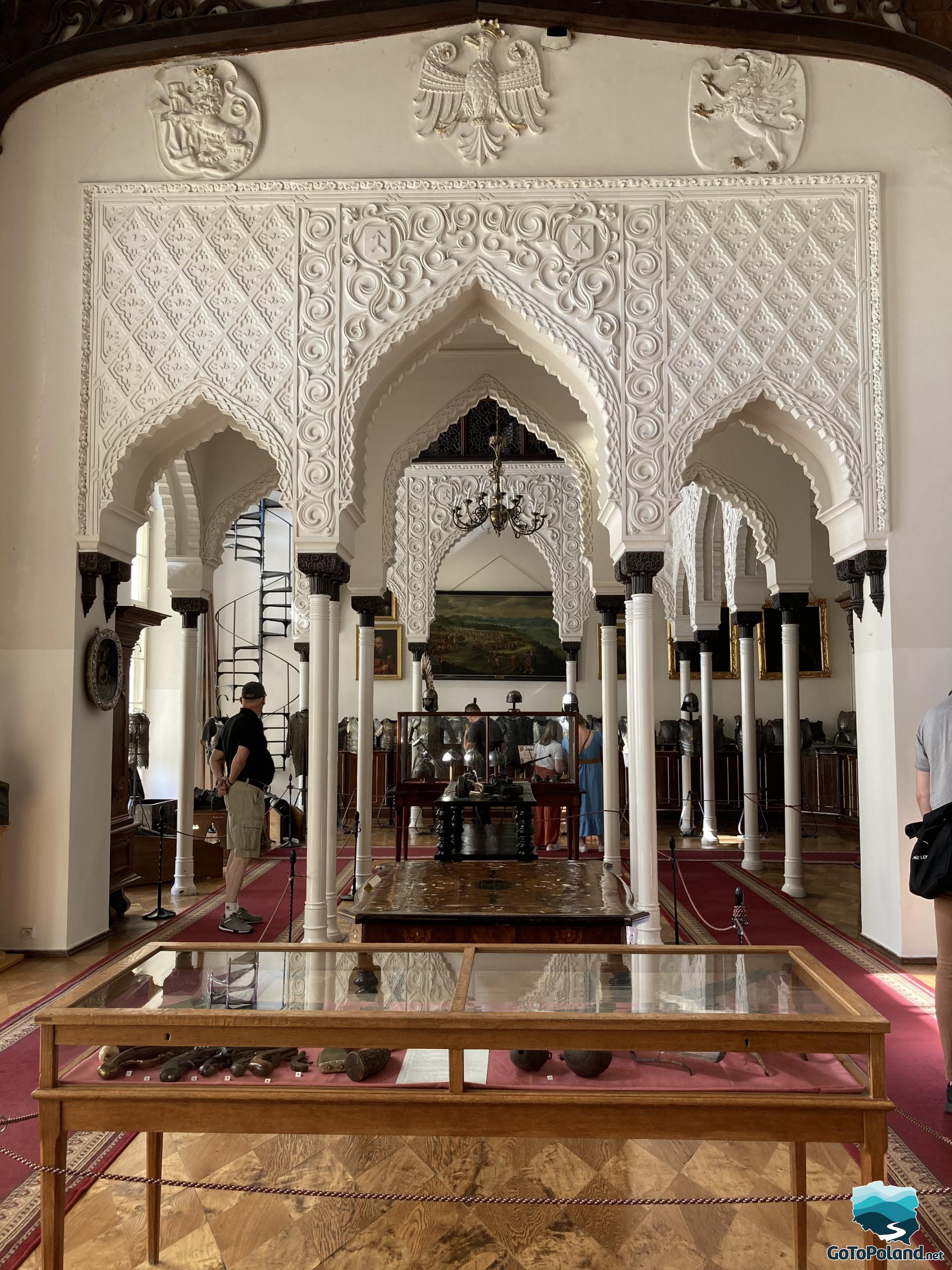

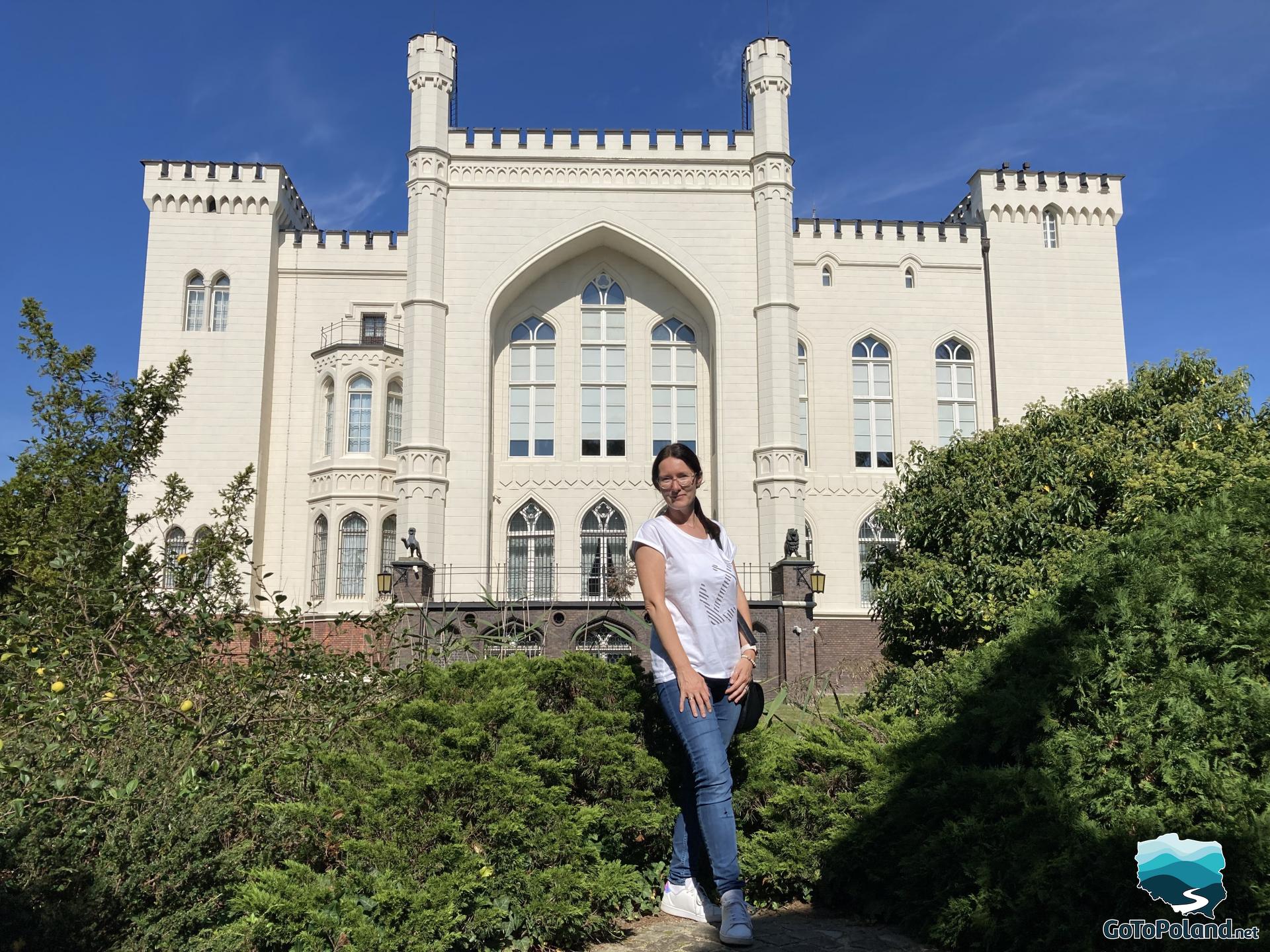
The Arboretum in Kórnik is the oldest and richest in species arboretum in Poland and the fourth largest collection in Europe.
On an area of over 50 ha, there are over 3,500 tree taxons and shrubs, including many exotic ones. Currently, in the arboretum in Kórnik there is the Institute of Dendrology of the Polish Academy of Sciences with experimental gardens and a dendrological museum.
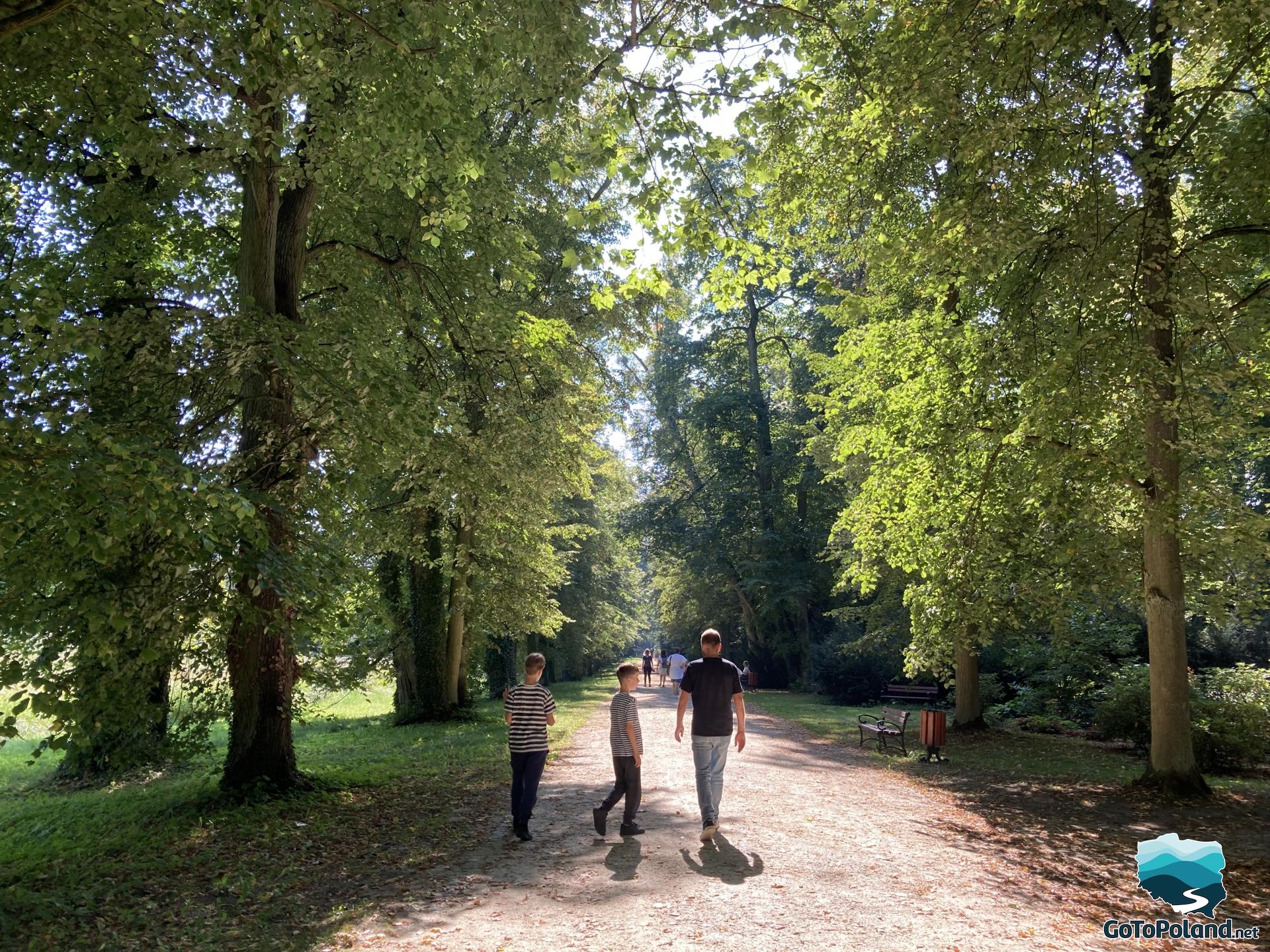
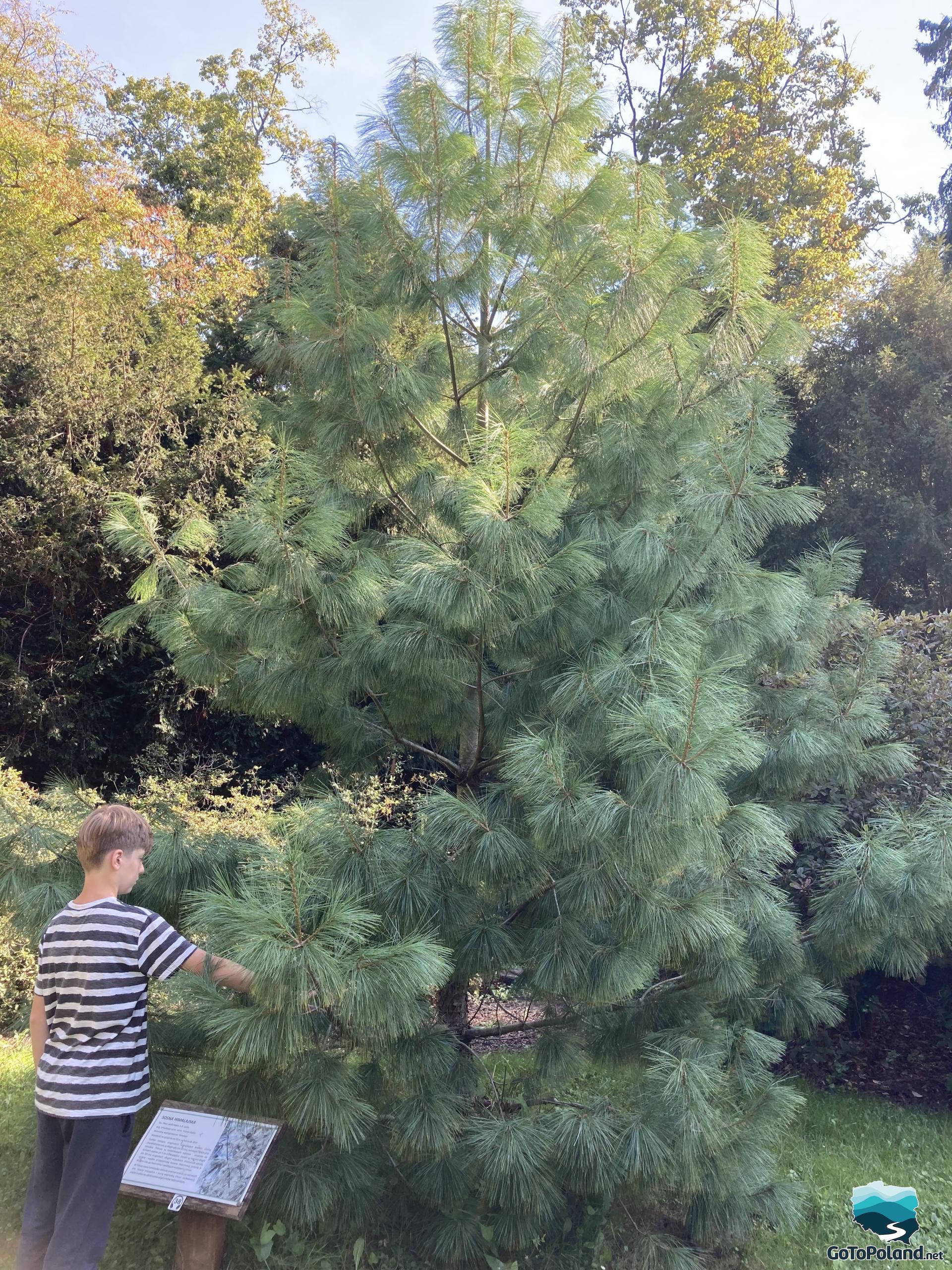
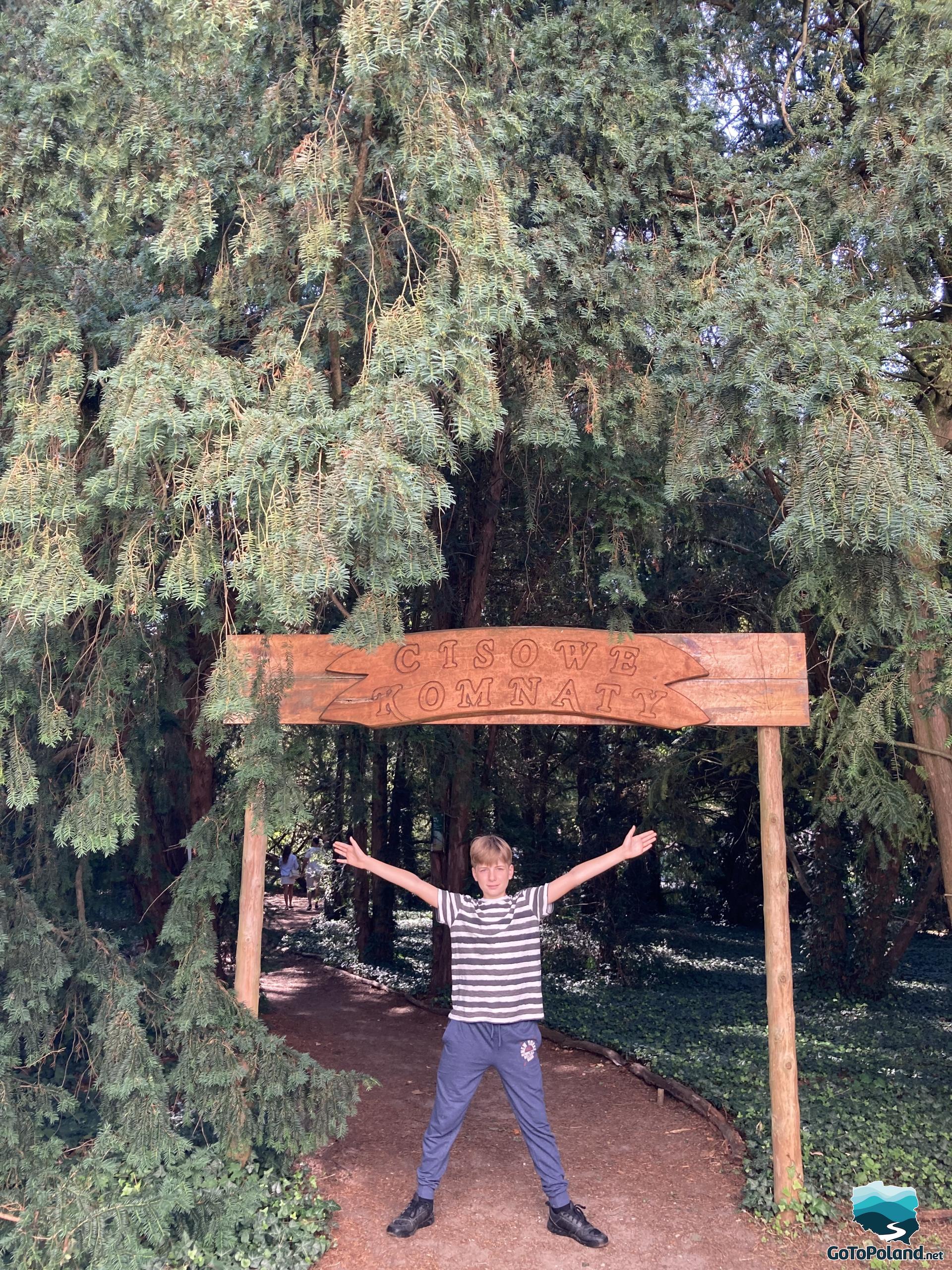
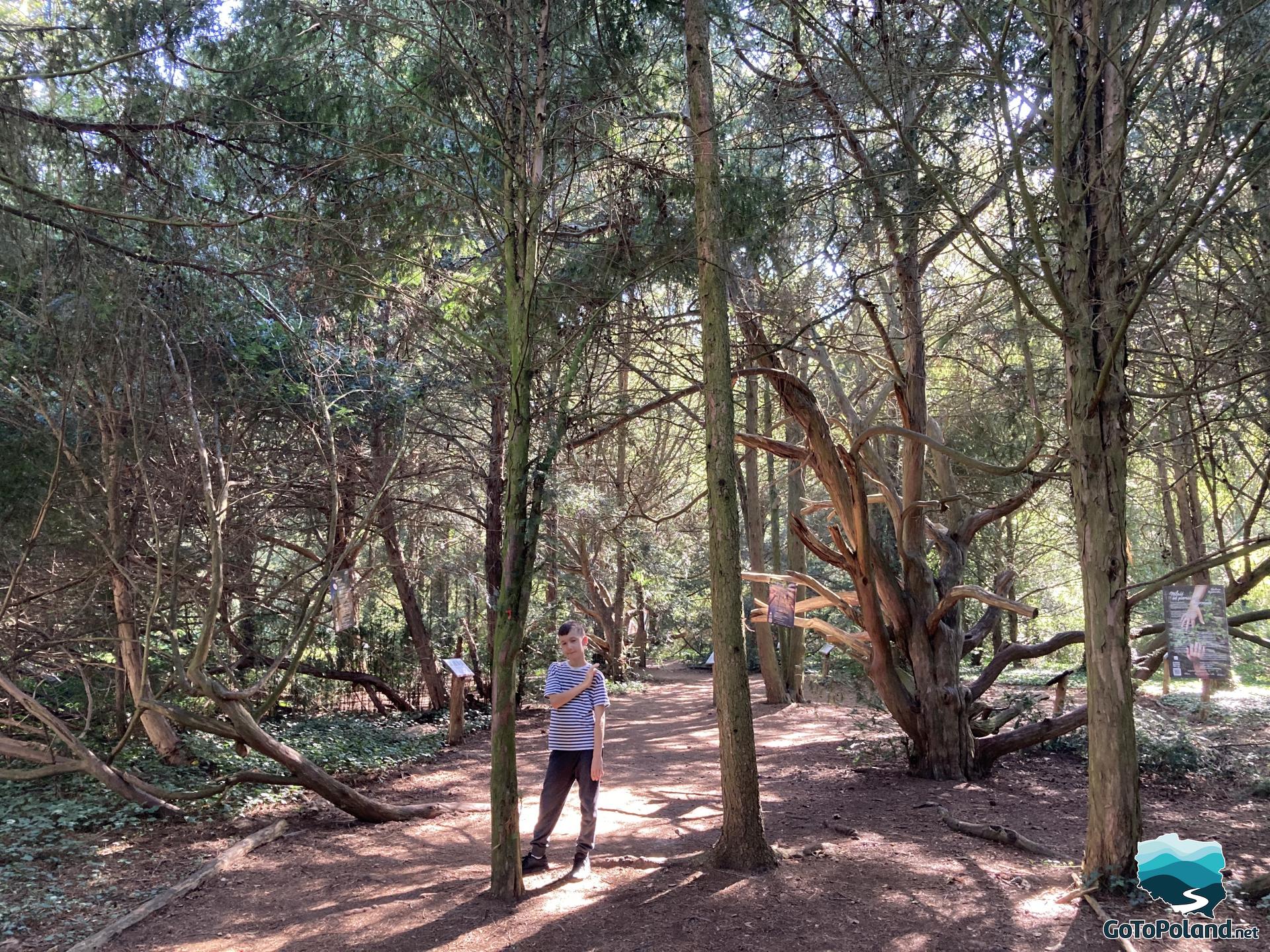
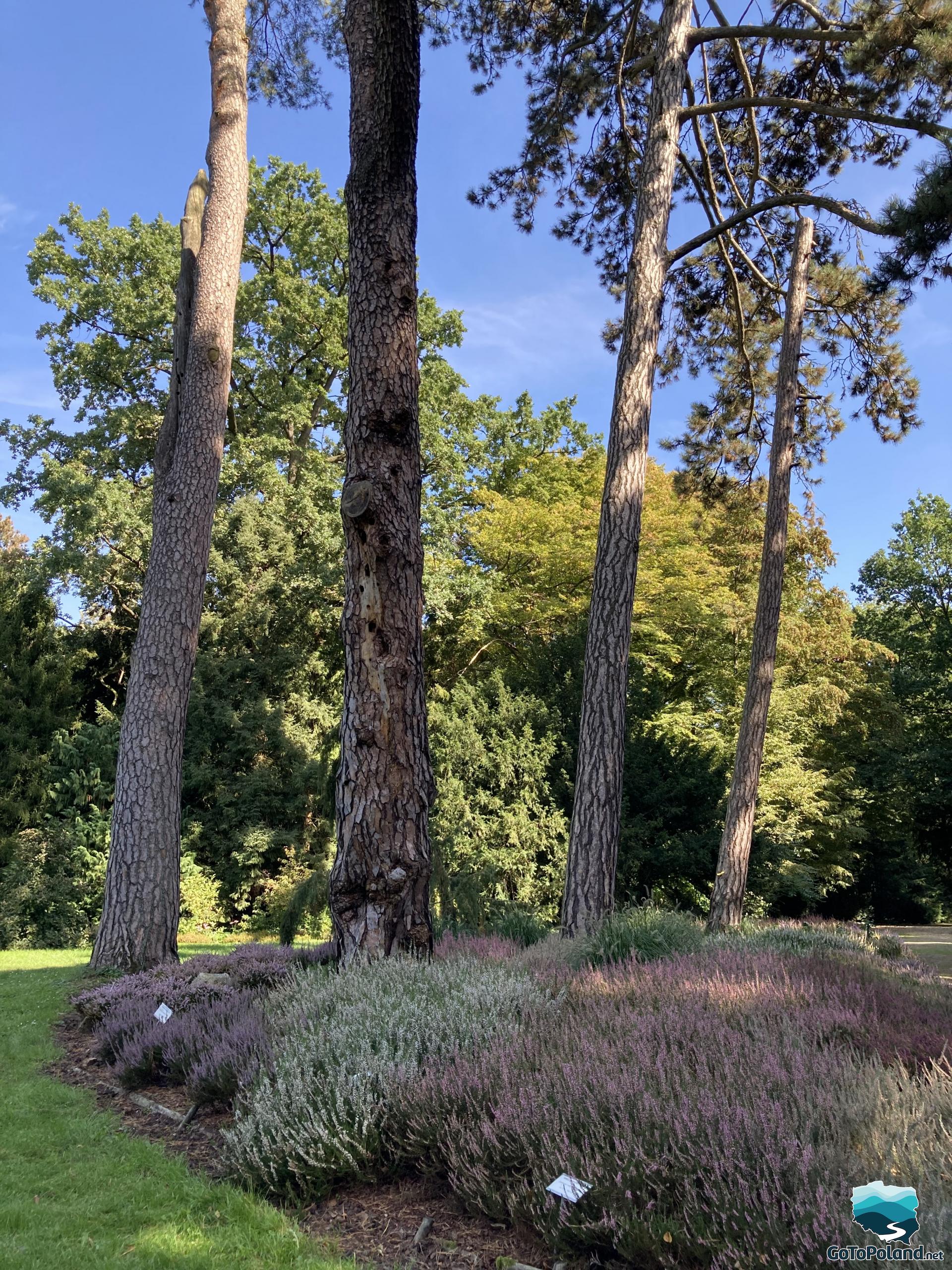
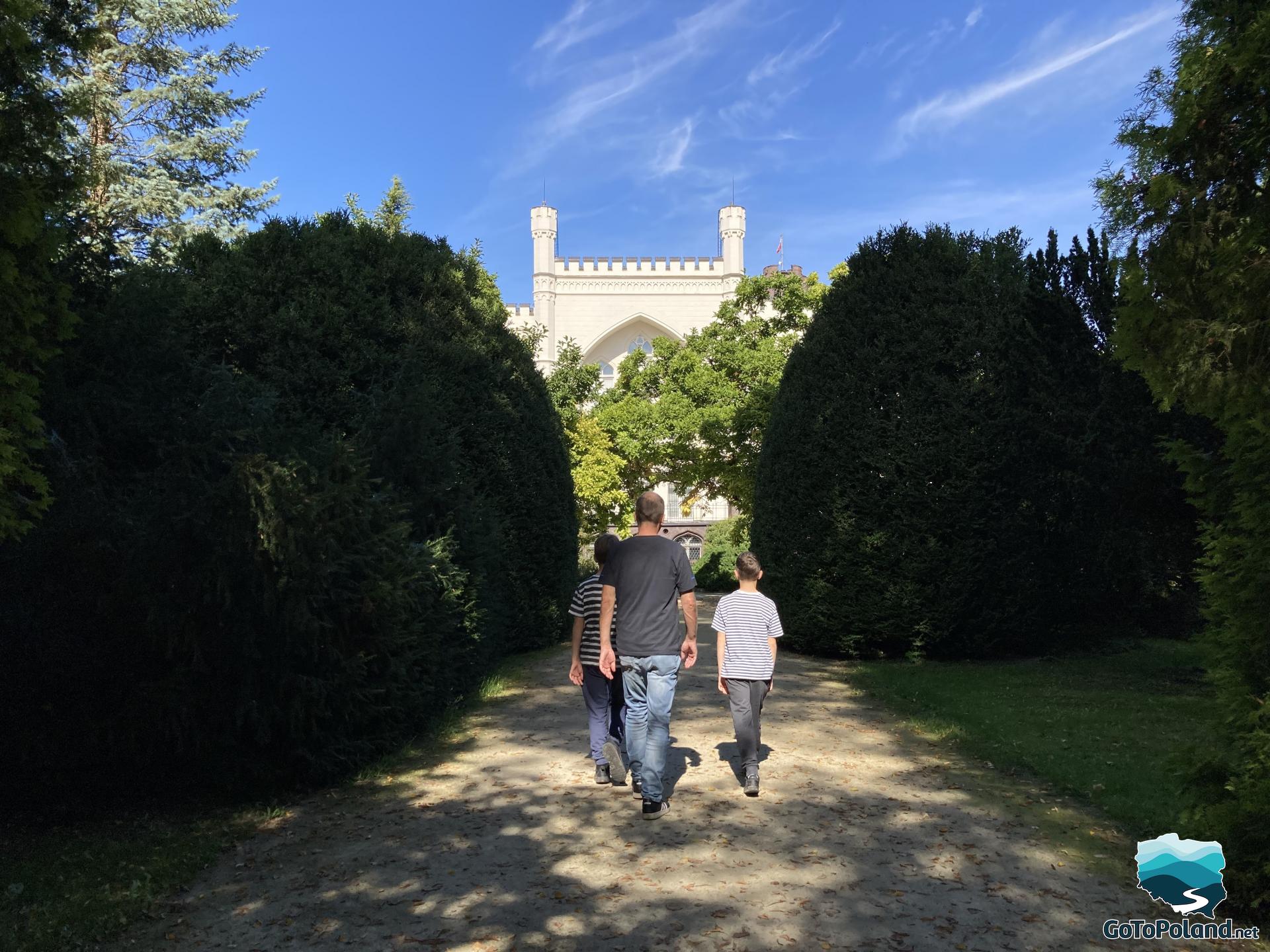
How to get to Kórnik Castle?

